Toxic Outdoor Plants for Dogs and Cats
As an Amazon Associate, I earn from qualifying purchases. We may receive a commission for purchases made through these links. This site also contains affiliate links to products besides Amazon, like Etsy. We may receive a commission for purchases made through those links too (at no additional cost to you).
Toxic Plants for Your Pets
With nicer weather come some additional risks we need to be on the lookout for as pet owners. Plants are starting to grow back and thrive across most of the country, and it is important to get a handle on toxic plants in your yard as soon as possible so they do not spread. This is also important information when you are planning your landscaping. This also goes for the vegetables, herbs, and fruits you may want to buy for your gardens. Keep your pets safe by always checking and eliminating any toxic plants in your yard.

What are toxic plants?
Toxic plants are any plants that can cause harm to your pet. Some plants are entirely toxic, whereas other plants just have toxic parts. Different parts of a plant can also have different levels of toxicity. The entire avocado tree is toxic to dogs; however, the leaves, skin, and pit of the avocado are more dangerous if they are ingested than the roots or branches.
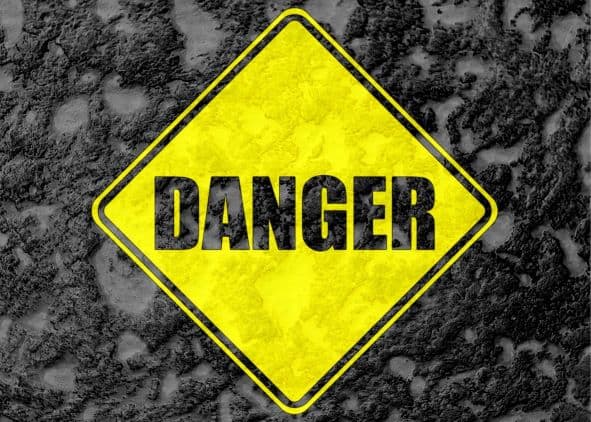
All toxic plants are not equal
It is important to know that not all toxic plants are the same. It is also important to realize that not all animals will react the same. Some plants (or parts of the plant) are only toxic to certain animals. Eucalyptus is toxic to many animals like cats and dogs, but it is the main food staple and is completely safe for Koalas.
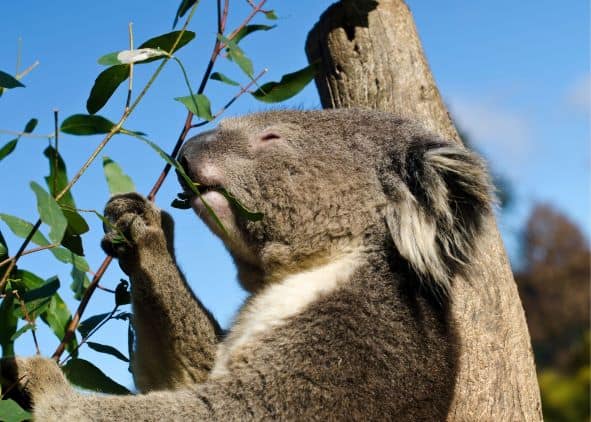
Individual animals can also have different reactions to the same thing. Two dogs can eat the same thing and one may have an upset stomach whereas the other one could end up having to be rushed to the ER. The different reactions could be based on size, the amount consumed, medical factors, and just individual differences. The most similar example I can give is food allergies or a bee sting. Some people may just suffer from itchy skin and being miserable whereas another person could have their throat close-up and almost die. Unfortunately, you most likely will not know how severe of a reaction will happen until it is too late.

*This goes for other items like chocolate. I hear more and more people say that chocolate isn’t that bad for their pets because their dog has eaten it and nothing happened. Many factors contribute to reactions. Be careful what your pet can get into. You may not always be so lucky*
Possible symptoms
There is a wide arrange of symptoms that your pet could display if they had eaten a toxic plant. They could have several digestive issues such as throwing up or diarrhea. They could be lethargic, fearful, or have excessive drooling, muscle tremors, or even seizures. Due to the wide array of symptoms, it is best to keep an eye out for any sudden change in behavior, appetite, or bathroom use. This may not be due to plant toxicity, but it is better to be vigilant and proactive with any sudden change.
What to do if you suspect poisoning
If you suspect that your dog may have ingested any part of a toxic plant, you should monitor them for any symptoms that may arise and try to find out what plant they ate. Depending on the plant and symptoms they are showing you may want to bring them immediately to the nearest vet clinic or call ASPCA Animal Poison Control Center for further directions. It is always helpful to have a first aid kit on hand. Find out what we recommend having in your first aid kit for you and your dog,
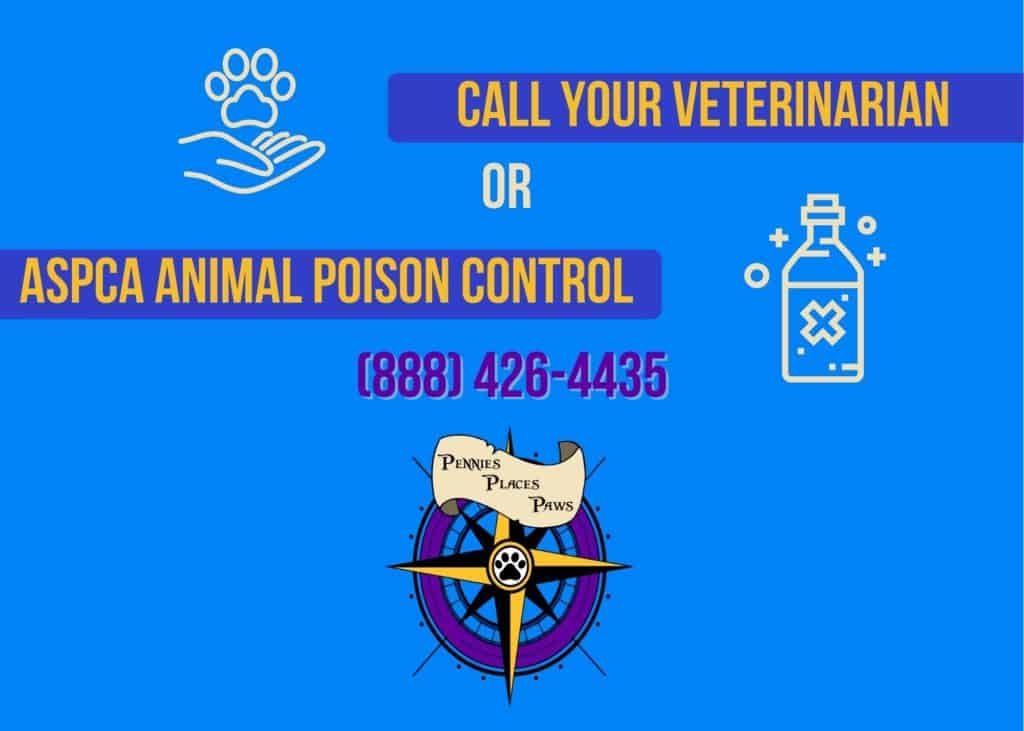
As mentioned before, some plants and pets can trigger different responses, sometimes fatal. Therefore, it is better to act quickly in these situations rather than sit back to wait to see what happens. Talk to a professional and follow all recommendations.
List of Plants Toxic to Dogs and Cats
Please remember that this is not a complete list of toxic plants. Be sure to check online before planting anything in your yard and what to watch out for during your travels. For more tips on what else you should do before your vacation with your dog, be sure to check out the corresponding post. Keep in mind, that some plants are more toxic than others. Before making your final decision on what you want to plant, make sure you know the risks and what symptoms to watch out for.
Toxic Vegetables and Herbs for Dogs and Cats
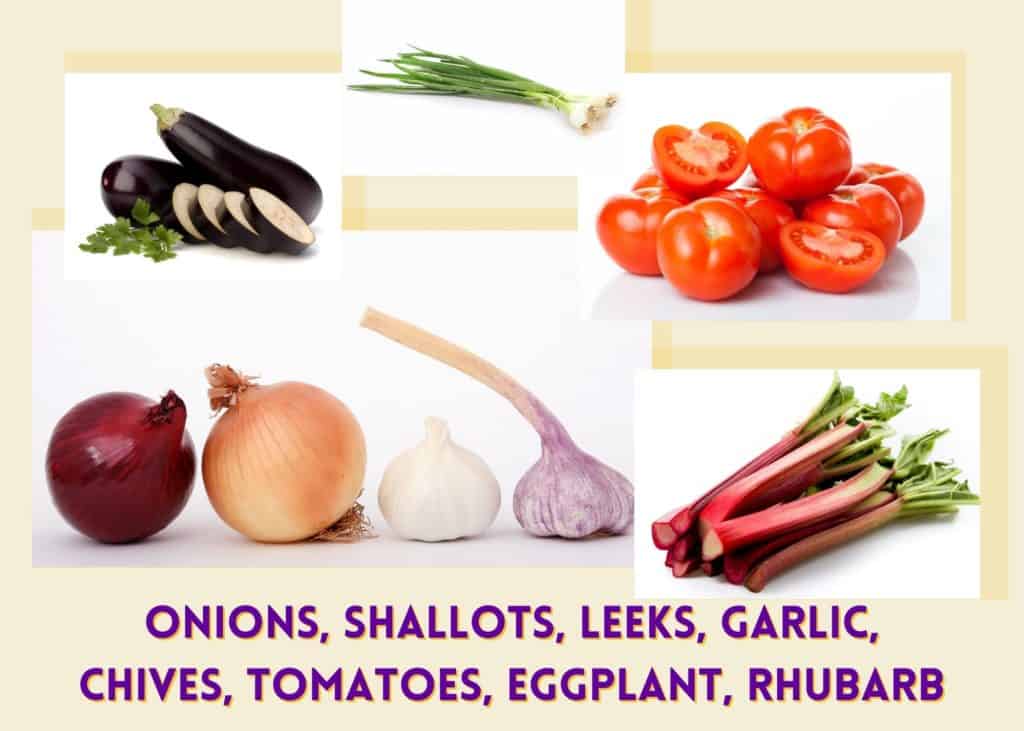
Common Toxic Flowers for Dogs and Cats
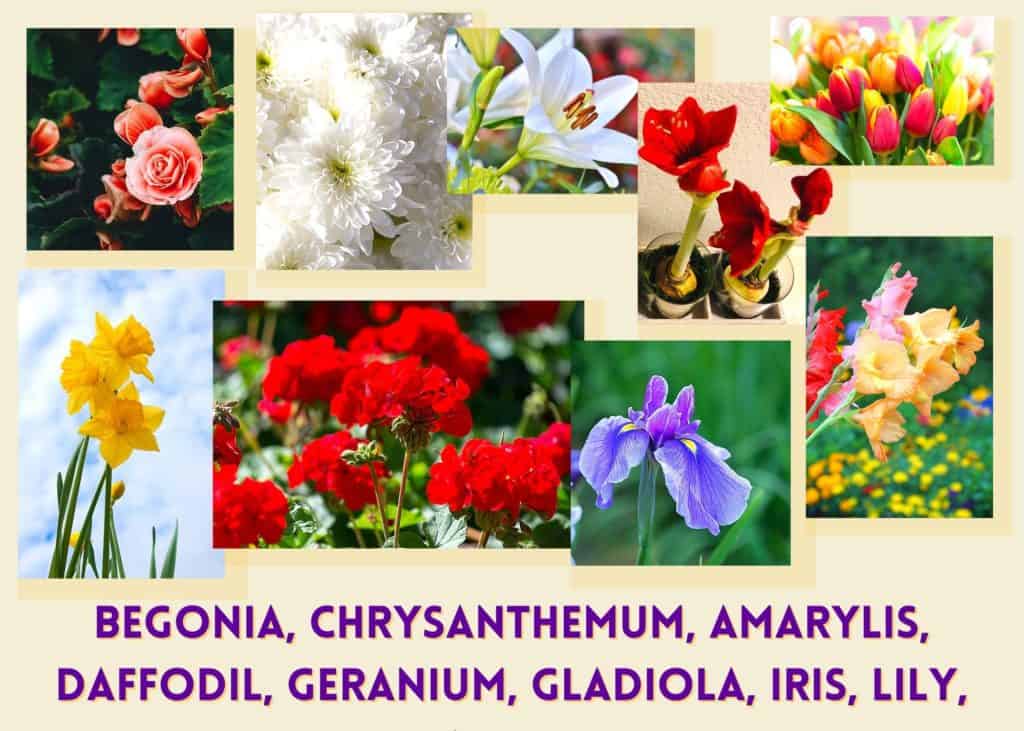
Dangerous Weeds for Dogs and Cats
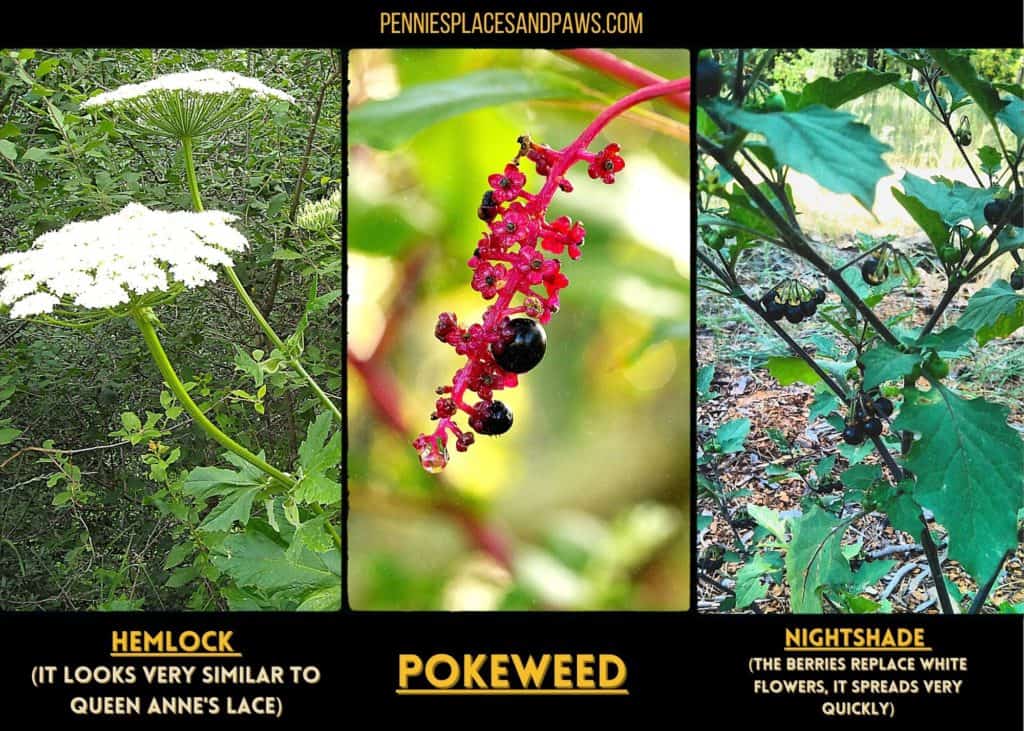
Common Toxic Vines for Dogs and Cats

Conclusion
We all want to keep our pets healthy and safe and the best way to do that is to be aware of anything dangerous that they may encounter. By avoiding having toxic plants in our yards, we can be confident that there is one less danger out there to our pets. With regular yard checks to ensure we catch any toxic plants before they take root and spread, we can stay ahead of the problem. Even if you do not think that your pet would eat your plants, it is impossible to know that for sure. They often will nibble on different greenery such as blades of grass when they are outside. Please let me know if there is a common toxic plant for dogs and cats that I might have missed so I can add it to the list. Let’s do what we can to keep our fur kids safe!
Pin For Later:

Amazon and the Amazon logo are trademarks of Amazon.com, Inc, or its affiliates.

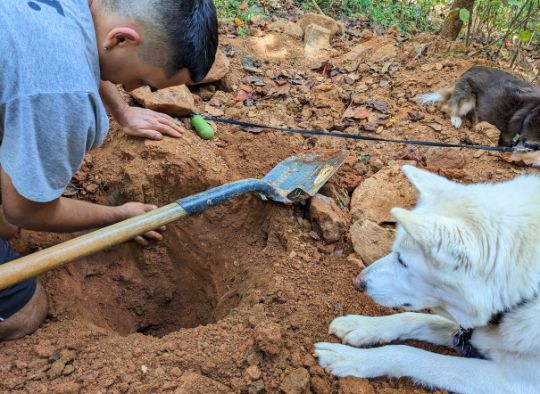





Great post! When we moved one of the first things we did was to check over our new yard to make sure there wasn’t anything dangerous for the dogs, toxic plants included. I don’t allow my dogs outside unsupervised so I don’t worry too much about them getting into things they shouldn’t, but of course it’s better to be safe than sorry.
We do frequent checks for Nightshade because it grows and spreads so quickly! It’s always good to keep an eye to help keep them safe 🙂
Thank you for the list!
Great post and reminder. Garlic can be given to dogs if in tiny doses as I know of a dog food that has it plus I sprinkle a drop on my home made chicken jerky and my vet okayed it.
Yes, some studies have come that does show that garlic may be ok in small amounts, but not in large amounts. Just have to be careful how much you plant that the animals can have access to if they tend to eat straight from the garden 🙂
We have daffodils in the garden oddly enough, and have had for years. The cats never go near them. Lillies, I agree with 1,000,000% I have blogged about them after a friend lost her cat. People love their fragrance and beauty but they kill FAST by kitting the kidney. Terrible plants.
Yes, Lillies and cats do not mix at all. Some of the plants that were here when we moved in are toxic to dogs but luckily most of our dogs don’t mess with plants. We have one that likes to eat plants so as soon as she seems interested, the plants get pulled to keep her safe. Just depends on your pet 🙂
Great info, thanks for sharing! Going to take a look at more of these plants and flowers, I didn’t know some of them were toxic. My cat got into something a few years ago, I still can’t figure out what it was though. Vet said most likely a toxic plant/flower. She was so sick and going downhill fast. The ER vet was confident she wasn’t going to make it through the night, her vitals were too low and dropping fast. I took her home believing she wouldn’t make it, I put her on a heating pad and just held her because she was so cold. Somehow, she pulled through and the next morning she was alert and had a normal body temp again. I scoured the yard but couldn’t find anything questionable.
How scary having a close call like that! Our neighbor’s dog was starting to get sick and we found nightshade and wild onions growing in their yard. It can be hard keeping up with everything.
This is great information, especially right now when everyone is starting to put their gardens together. As a pet owner, we occasionally have to sacrifice what we want for the well-being of our pets. We still grow tomatoes, however, we make sure to block off our vegetable garden so that they don’t have access. There are a few flowers there that I would LOVE to include in our yard, but it’s just not worth the risk.
Very true! Most flowers that I love are very toxic to dogs. They either go in the front yard now or I don’t get to have them. LOL the things we do for our pets 🙂
I don’t know about eggplant but tomatoes are not toxic to dogs; only the greens or green parts.
With Cookie, I don’t worry about eating toxic plants on purpose but by accident when she rips the ground in order to get at mice.
Parts of the plant are toxic (like the leaves and stems) especially when they aren’t ripe which is why they made the list 🙂 It’s the same for eggplant with the flowers and leaves being toxic.
This is important information to know! I was always sad that wisteria that grew alongside the house died a few years after we moved in, but I didn’t know it was toxic to dogs. Luckily, the dog we had at the time did not use that yard, but it is the one my current dogs use.
They are beautiful but we have a dog that will eat anything she can get to 🙁
Thank you so much! I have 3 dogs and each seems to try to get in the garden! Hibiscus seems to be their favorite flower, one dog got very sick and the others love it!
Many of the animals I have worked with LOVE hibiscus. We used it as a special treat 🙂
Great post! My two rescue kitties stay inside, but I do have houseplants. I also cook with several of the toxic vegetables you mentioned. I’ll be saving this to reference for later as I tend to get a lot of plants as gifts. The dangerous ones will need to stay at work!
Thank you! Just check to see what part of the plant is toxic (and HOW toxic) is. That will help you know how careful you need to be when cooking 🙂
It’s so good to be aware of these! I had planted foxglove a few years ago and saw on the package that it was poisonous. We don’t have any pets, but I did make sure to keep it away from the little kids!
Always good to be careful with kids…. I know a few of these, like Nightshade, are toxic to humans too.
Good to know. My dog is always getting into stuff he should not!
Same!
Definitely will make sure these stay away from my doggos!
Thank you for this! We just got a puppy in December and I’ve been wondering about our garden!
Glad this helps! Some dogs this isn’t a big problem for because they leave plants alone, but others inhale everything they can get to. You just have to get to know which one your puppy is- but it’s always to be extra safe when they’re puppies!
Good info! We want to keep our fur babies safe!
This is great information to keep those doggies safe!
Wow! I didn’t realize there were so many plants so accessible to animals that were so toxic. Great information.
Luckily some dogs and cats naturally leave some of these alone, but if your pet starts getting sick this is a good thing to check for right away. Or if you know your pets have a tendency to eat all the things…
I didn’t know chrysanthemums were dangerous to animals. I’ve had them in the house in the autumn before; now I know it’s something I should avoid!
They are considered ‘mildly’ toxic but it can affect some animals more than others. Just keep an eye out for any signs of sickness so you know if you need to stop having them 🙂
What a great educational article. I had dogs all my life and never knew some plants might be dangerous, for them. So good to know. Thank you for sharing:)
Thank you! We have had to learn a lot about toxic plants as zookeepers and have carried it over to our home life as pet owners. We have found that a lot of ‘mysterious’ sicknesses with zoo animals and pets (and friendss’ dogs) often end up with us finding a toxic plant in the yard.
Interesting. I have ivy and geraniums in my yard and thankfully my dog doesn’t seem to go near them. I never knew they were toxic until now. I’ve also heard milkweed is, but it’s the monarch host plant, so many people I know have it and their dogs seem fine with it.
Yup milkweed is considered moderately toxic but thankfully most animals seem to naturally avoid them. Our dogs have left them alone in the wild, so we are testing them out in a small area that we can monitor closely to gauge their interest. It is always nice when you have animals that leave things alone 🙂
A lot of what you mentioned I’ve never even thought about being toxic to pets.
I didn’t realize that many of the plants I grew up within our yards weren’t completely animal-safe and that there were different levels of toxicity.
I did not know about so many of these! You are a wealth of information for pet owners!
Awwww, Thank you 🙂
Great article! I had no idea that chives were harmful to cats! I have a huge plant growing in my yard, so I will definitely keep an eye out when my fur babies are allowed to roam out there.
Thanks! They can be harmful if a decent amount is eaten or of course, if your pet is more sensitive to it 🙂
Very informative! Great job!
Great resource for keeping pets safe. I garden so had to look up plants to make sure my cats are safe. They love being in the garden too.
Thanks! Gardening with pet safety in mind is definitely more involved than you would think! LOL
Great info for pet owners! There are plenty on this list that I didn’t know.
Thank you for sharing this. There’s so many different types of plants and vegetation that our furbabies can get sick from. A few years ago my dog got ahold of a freshly dropped walnut thinking it was a ball (he’s obsessed with balls 🙄) and he wouldn’t let go of it for a little while until he got super sick. He started throwing up and coughing/hacking. Thankfully he was ok but that’s why it’s so important to be informed about this type of stuff.
It is so scary how quickly something like that can happen! Glad he was ok!!!